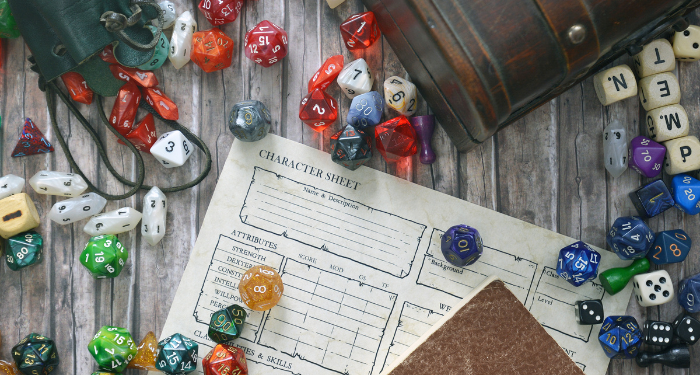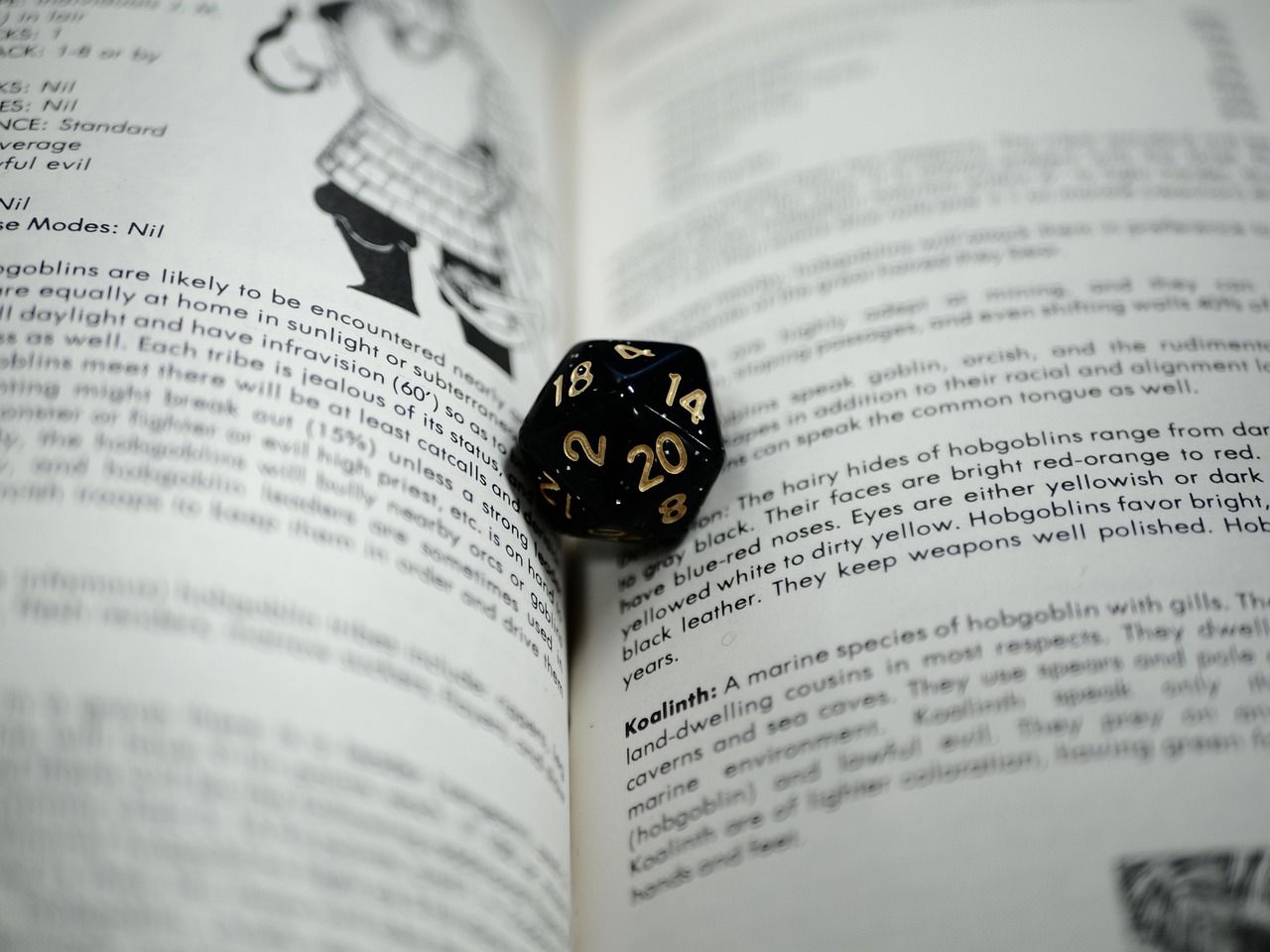
How To Help Teens Become Great D&D Dungeon Masters
I’ve talked a lot about Dungeons and Dragons in the past. I am the Dungeon Master (DM) for a great group of students in the school library I manage twice a week. In addition to this, one of our teens runs their own D&D campaign for a younger group of students another two times a week. They have an amazing brain that allows them to unleash a flurry of encounters, traps, monsters and plot hooks for their players. This student has been running D&D for over a year now and has demonstrated some amazing skills in running the program. Here are some tips on helping a teen become a great dungeon master.
Give Them Control
It might be tempting to intervene or hover over your teen DM, but my advice is to sit back and embrace the chaos. What I mean by this is that the players might be confused if you are there alongside the teen DM, as they might not be sure who the actual person is leading the program. What I do is check in every few minutes, or I sit with the players and just look at their character sheets, or help the players with any quick questions. It’s a lot of fun to see the dynamic change when a student is running the game, and the players really enjoy it. Once, when the teen DM was ill and unable to be present, I took over. It was immediately pointed out to me that they preferred the teen’s DM’ing style to mine, which I thought was hilarious.

Be An Assistant
I mentioned checking in every few minutes which, for our group, works very well. However, I also act as the teen DM’s assistant. The most help I can provide is to look things up to ensure the game does not stall or get bogged down. I sit with the player’s handbook or a tablet at the ready so I can look up spells, rules, monster stats, or any abilities. It’s something that I wish I had when I DM, as it does save a ton of time! You can also help the players, as I’ve previously mentioned. No one is expected to know all of the rules, and having someone to look stuff up for the players can save a lot of time, especially in a library, where time might be short. You can also help by creating pre-made encounters for them. There are some great encounter generators out there that can help save time, and there are many existing ideas to make engaging combat scenarios. They are especially useful if you get these ready before the session.
The Rule of Cool is King
The rule of cool in D&D is simply an idea that if it serves the story, or is hilarious and not harmful to anyone and is really cool, the DM should allow it. In my experience, most teen dungeon masters won’t need reminding of this, but adult DMs do. It’s important that you allow the game to progress in any wild direction as long as they are having fun and aren’t being mean or harmful to the other players. Another rule is that you should stress to your teen DM that player versus player (PvP) should not be allowed. With mature players or if it serves the game, player versus player can work, but in a high school setting, my experience is that PvP results in real life hurt feelings. Other than that, allow the DM to take it in a direction that you might not expect! The players will really love the freedom to express themselves without any adults meddling and changing the rules.
Do Some Prep
I mentioned the encounter generator earlier. I would strongly recommend printing off pre-made character sheets and basic D&D stuff that you’d find on a DM screen if you don’t already have one. You can also have a conversation with your teen DM to find out where they think their campaign, dungeon, or overall plot is heading. If they know they want the players to experience a certain kind of trap or monster, you can easily help with that by printing this out in advance. You can also pre-roll the order in which monsters go into the order of combat, draw or print some maps — anything that helps keep the game going.
Having a teen dungeon master in your school library is awesome and can create some really great experiences for your students. I recommend starting small, doing some prep, and being the teen’s assistant when you start this kind of program.













